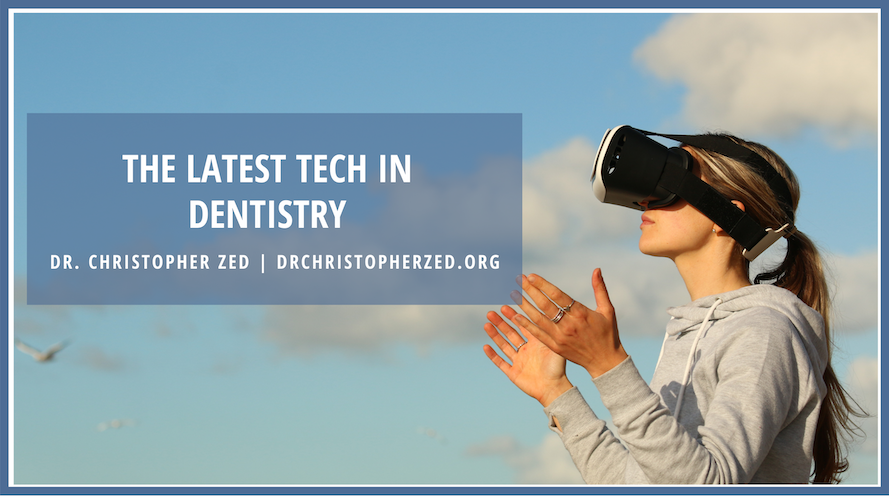Dentistry is one of the world’s oldest medical professions. It dates back to the year 7000 B.C., but modern dentistry wasn’t embraced until 1723 A.D. when Pierre Fauchard, a French surgeon, published the first comprehensive guide ever written about dental care. Many of the book’s ideas remain the basis of dentistry to this day.
The only constant in life is change, and the same goes for the discipline of dentistry. In addition to the challenging times of 2020, the industry itself is embracing ways to enhance the customer experience. Because of the stigma associated with the overall dental experience, modern-day dentistry is evolving to accommodate efficiency, accuracy, comfort, and trust with clients. Technology is a large component of this transformation.
As more and more people embrace remote communication, virtual dentistry will be part of the new normal. In addition to Homebound people who might not be able to visit the dentist in person due to distance, infirmity, or mental health issues. Services such as The Teledenists and MouthWatch’s TeleDent provide inexpensive, rapid, stress-free preventative care as well as access to professionals otherwise unobtainable. Users can capture their own images and then send them to a dentist for a live on-screen consultation. The American Dental Association (ADA) establishes guidelines moving forward for maintaining this practice indefinitely.
Tech is also making it possible to create permanent crowns at a more efficient pace. Traditionally, a dentist would make an impression of a tooth and apply a temporary crown. This was followed by a waiting period that depended on the dental lab’s production of a permanent one. Thanks to Computer-assisted design (CAD) and 3D-printing, digital labs have already recreated the process into a more effective, lower-cost solution.
Students who want to practice to be exceptional dentists have long struggled with the training experience’s authenticity. Now with technology like augmented and virtual reality, they can learn and observe with minimal risk. Image Navigation’s DentSim provides a simulated environment that gives dental students the freedom to perform any procedure level while a sensor tracks their movements and provides real-time feedback. AR is also used with clients who want to see what a future approach will look like before applying, allowing them to make any necessary changes before a procedure.

